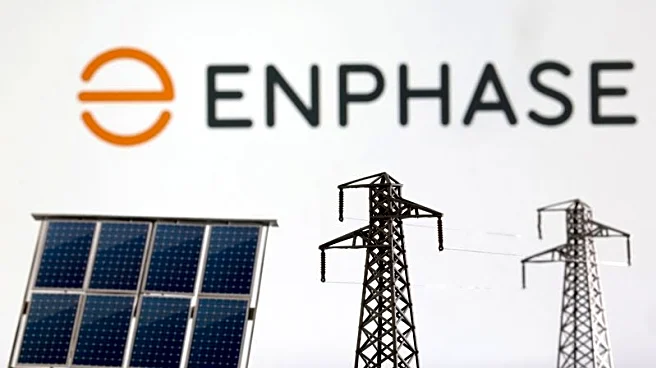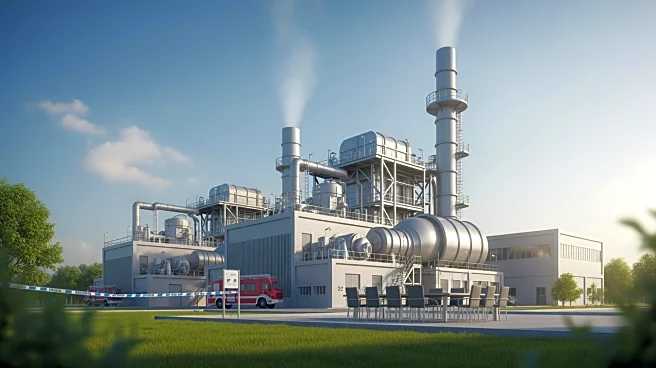What's Happening?
In emerging and developing economies, the need for modernized grid systems is critical as existing infrastructures are often outdated and unable to support the increasing demand for renewable energy. While public and philanthropic efforts have laid the groundwork
for funding and expanding these grids, a significant financing gap remains. Private financial institutions are being called upon to step up and become more active players in this sector. Infrastructure is considered a resilient asset class, offering stable returns even in turbulent markets. Despite this, investment in emerging markets lags behind, with these regions receiving less than 15% of global clean energy investments. Multilateral development banks, philanthropies, and development finance institutions have been instrumental in funding grid projects, but their efforts fall short of the capital required for universal energy access. Private finance is seen as a critical player in bridging this gap, leveraging market intelligence and lessons from early projects to attract the necessary capital.
Why It's Important?
The involvement of private finance in grid infrastructure is crucial for several reasons. First, it can help deliver reliable and affordable energy access, which is essential for economic development in emerging markets. By investing in these projects, private investors can also tap into long-term, resilient investment opportunities in fast-growing economies. The disparity in investment between developed and emerging markets widens the gap in energy access, which can have significant socio-economic implications. Private finance can play a pivotal role in closing this gap, ensuring that emerging markets are not left behind in the global energy transition. Additionally, private investment can drive innovation and resilience in grid systems, contributing to sustainable energy solutions.
What's Next?
For private finance to effectively bridge the investment gap, it must align with proven models and strategic approaches. Public-Private Partnerships (PPPs), sovereign loans, and blended finance are some of the financial models that have shown success in mobilizing private capital for grid infrastructure projects. Active investor engagement with grid stakeholders is also essential, requiring collaboration and clear communication around risks and rewards. Regulatory and institutional readiness will be crucial to ensure that policies, incentives, and public finance align with long-term grid expansion goals. As the grid investment landscape becomes more navigable, private financial institutions have a clear opportunity to drive the modernization of global grid systems.
Beyond the Headlines
The call for private finance to invest in grid infrastructure also highlights broader implications for global energy equity and sustainability. By addressing the financing gap, private investors can contribute to reducing energy poverty and promoting economic growth in underserved regions. This shift could also encourage a more equitable distribution of clean energy resources, aligning with global sustainability goals. Furthermore, the involvement of private finance in grid projects can foster innovation, leading to more efficient and resilient energy systems that can better withstand future challenges.














